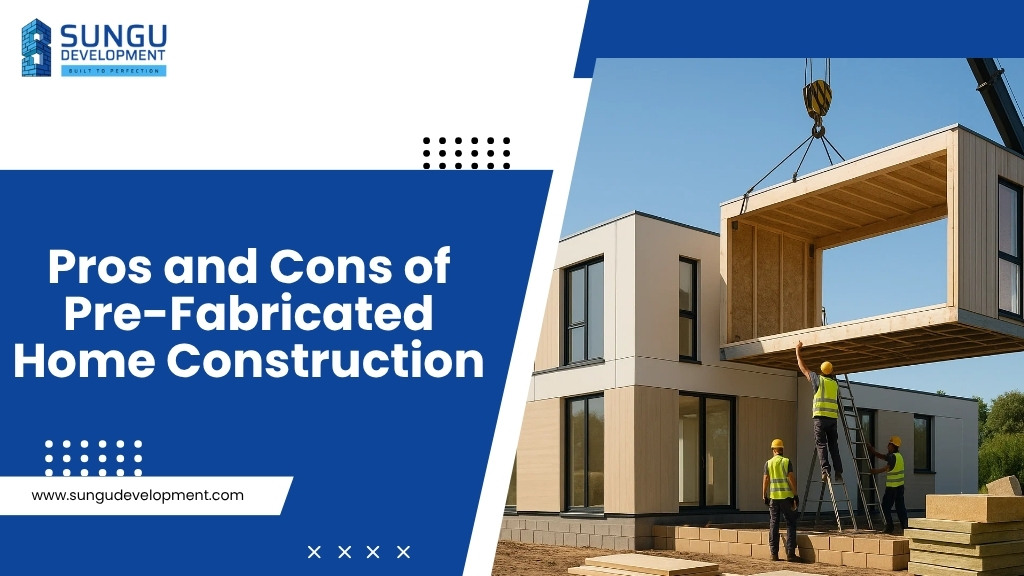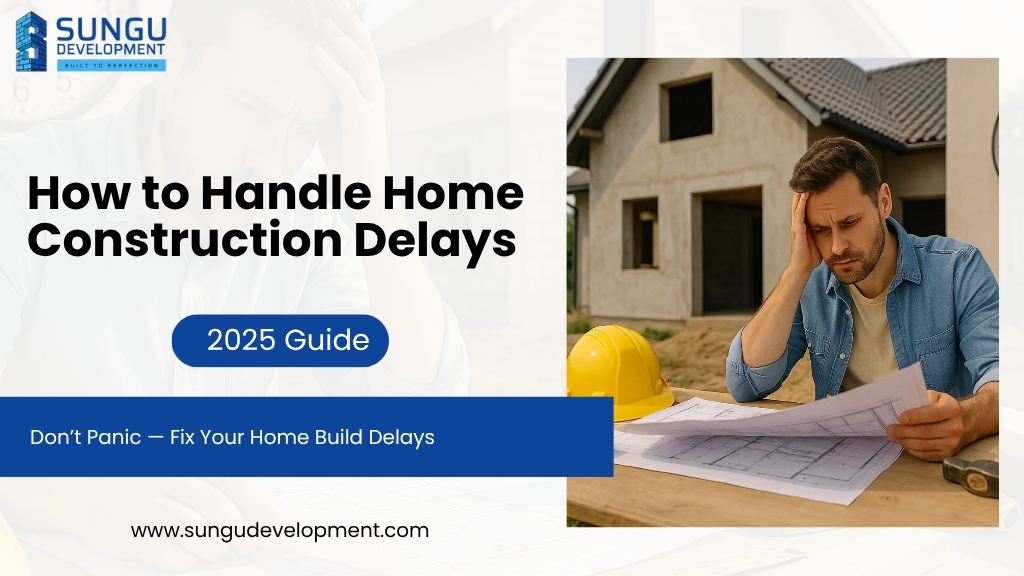
Pre-fabricated homes, often referred to as prefab homes, are houses that are built in factories and then transported to their final location for assembly. This method of construction has gained popularity in recent years due to advancements in technology, cost savings, and sustainability efforts. However, like any construction method, prefab homes come with their own set of advantages and disadvantages.
Pros of Pre-Fabricated Home Construction
1. Cost-Effective
Prefab homes are typically less expensive than traditional site-built homes. This is due to the streamlined manufacturing process and reduced labor costs. The controlled environment of a factory allows for more efficient use of materials, reducing waste and lowering overall costs. Additionally, the construction time is significantly shorter, which can also save money in the long run.
2. Faster Construction Time
One of the biggest advantages of prefab homes is the speed at which they can be constructed. Since much of the work is done off-site, the assembly process is much quicker compared to building a home from scratch. Once the components are delivered to the site, it typically takes only a few weeks to complete the home.
3. Customization Options
Although prefab homes are pre-built in sections, there is still a significant amount of customization that can be done. Many manufacturers offer a range of designs, layouts, and finishes, allowing homeowners to personalize the space. Some companies even offer fully customized designs, ensuring that buyers get the home that suits their needs and tastes.
4. Environmental Benefits
Prefab homes are often more energy-efficient than traditional homes due to their precise construction methods. The materials are often sourced sustainably, and the tightly controlled construction process can help minimize waste. Additionally, many prefab homes are designed with energy-efficient systems such as solar panels, high-quality insulation, and efficient heating and cooling systems, further reducing their carbon footprint.
5. Quality Control
Since prefab homes are constructed in a factory setting, they are subject to rigorous quality control standards. The controlled environment helps ensure that the materials and workmanship meet high standards, reducing the likelihood of defects and ensuring the overall durability of the home.
6. Reduced Labor Costs
Because much of the labor is completed in the factory, there is less reliance on labor at the construction site. This can reduce the overall cost of labor, making prefab homes an attractive option for those looking to build a home on a budget.
Cons of Pre-Fabricated Home Construction
1. Limited Design Flexibility
While there are customization options, prefab homes are still somewhat limited in terms of design flexibility. Most prefab homes are built from a set of predefined models or templates, which means there may be fewer design choices compared to a fully custom-built home. This might not appeal to individuals who want a completely unique home.
2. Transportation and Setup Costs
The transportation of the prefab sections to the construction site can be expensive, especially if the location is remote or difficult to access. Additionally, the process of setting up the prefab sections on-site can require specialized equipment, which adds to the overall cost of the project.
3. Land and Foundation Requirements
While the structure of a prefab home is flexible, the land on which it is built still needs to be properly prepared. This may include excavation, grading, and the installation of a foundation. Depending on the location and terrain, these preparations can add additional costs and time to the project.
4. Financing and Insurance Challenges
Financing a prefab home can sometimes be more challenging than obtaining a mortgage for a traditional home. Lenders may be less familiar with prefab homes, and the home’s resale value might be questioned, particularly if it is located in an area where prefab homes are uncommon. Insurance policies for prefab homes may also differ from traditional homes, which could make it more difficult to secure adequate coverage.
5. Perceived Lower Resale Value
Although the quality and construction of prefab homes have greatly improved, some people still perceive them as inferior to traditional homes. This perception can result in lower resale values, especially in markets where prefab homes are less common. As the market for prefab homes continues to grow, however, this perception may change over time.
6. Limited Builder Availability
Not all contractors are familiar with prefab home construction, so finding a builder who can handle the installation and assembly might be challenging in some areas. This can delay the process and add additional costs if specialized labor is required.
Conclusion
Pre-fabricated homes offer a variety of benefits, including cost savings, faster construction times, and environmental advantages. However, there are also some drawbacks, such as limited design flexibility and challenges with financing and insurance. Ultimately, whether a prefab home is the right choice depends on individual needs, preferences, and the specific circumstances of the construction site. As the popularity of prefab homes continues to grow, it’s likely that some of the current drawbacks will be addressed, making them an even more attractive option for future homeowners.


